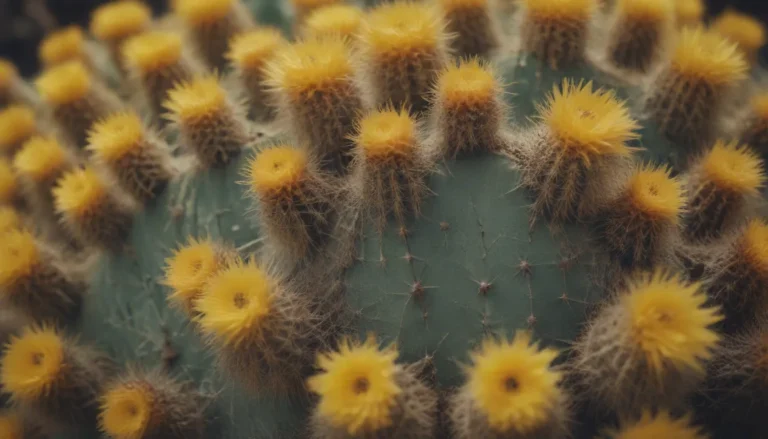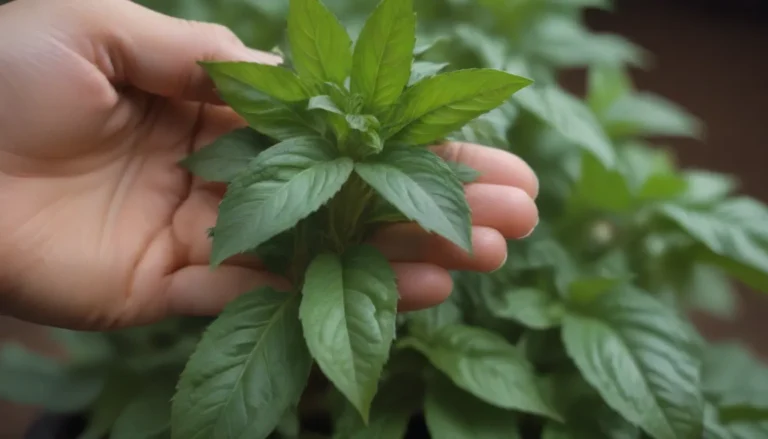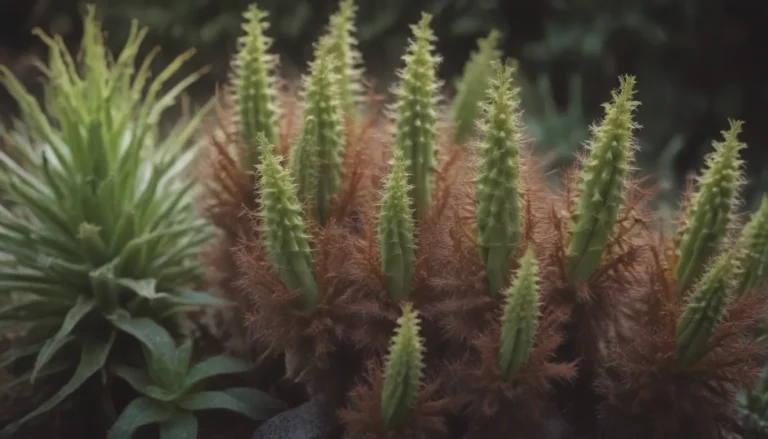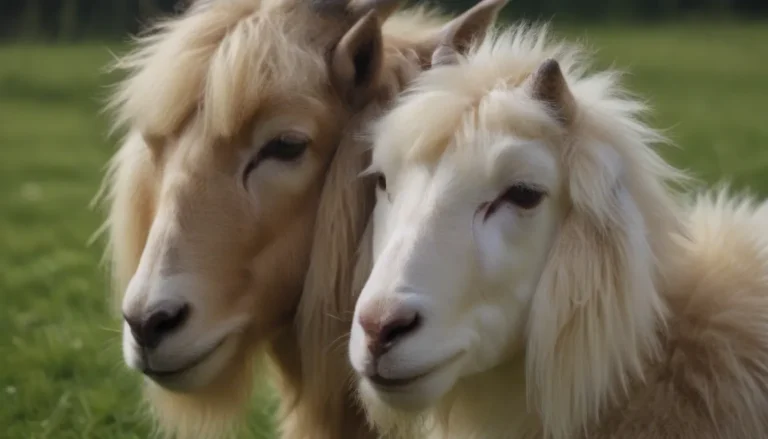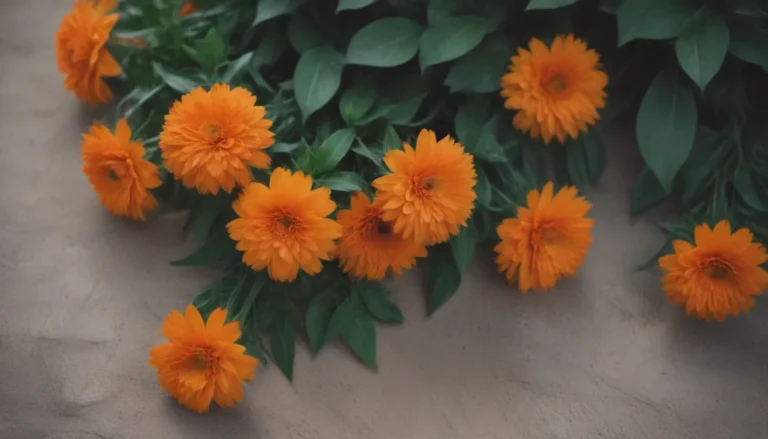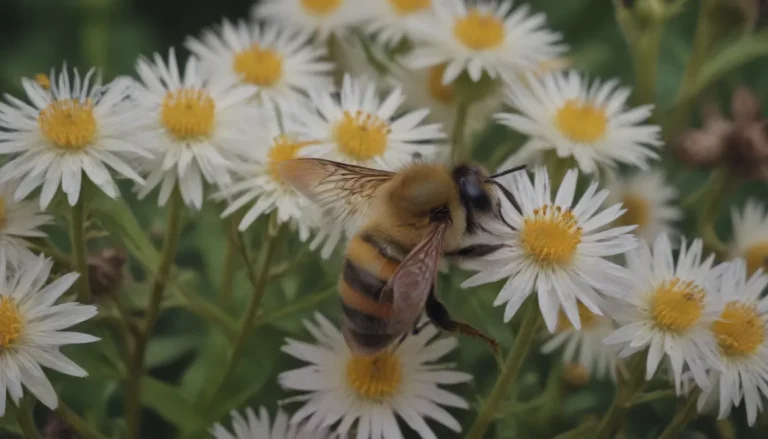Your Ultimate Guide to Growing and Caring for Mini Monstera Plants
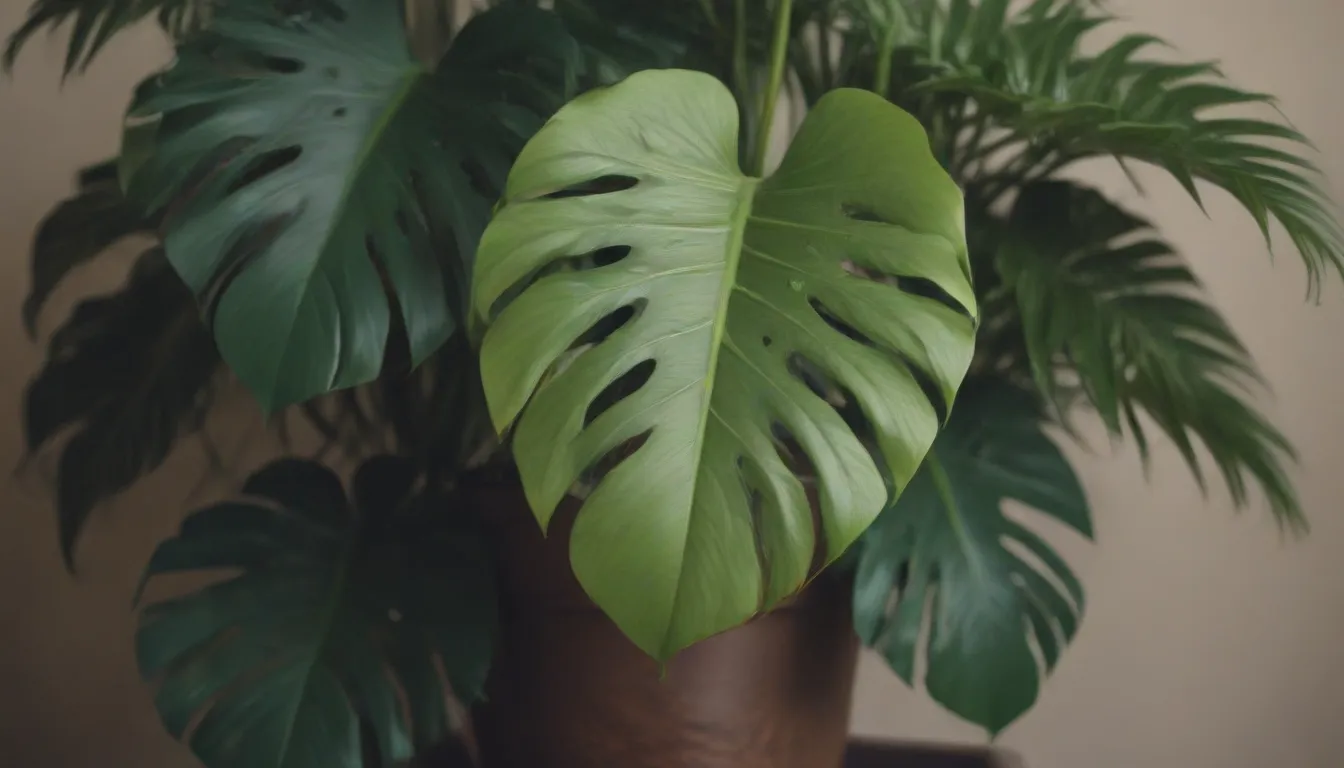
Welcome, plant enthusiasts! Today, we are diving into the world of mini monstera plants, a tropical beauty that has been gaining popularity among indoor gardeners. If you are looking to add a touch of tropical flair to your home or office space, the mini monstera might be the perfect plant for you.
What is Mini Monstera?
Before we get into the nitty-gritty of caring for mini monstera plants, let’s first understand what makes this plant so unique. Mini monstera, scientifically known as Rhaphidophora tetrasperma, is not to be confused with the Monster genus. This tropical plant is known for its climbing nature and fenestrated leaves, making it a visually striking addition to any plant collection.
Similar to its relatives in the aroid family, such as Monstera and Philodendron, mini monsteras have specific care requirements to thrive indoors. From lighting and soil to watering and fertilizing, we’ll cover everything you need to know to keep your mini monstera healthy and happy.
Mini Monstera Care 101
Taking care of a mini monstera plant is relatively straightforward, as long as you provide it with the right conditions. Here are the essential care tips to help your mini monstera flourish:
Light
Mini monsteras thrive in bright, indirect light. Avoid exposing them to direct sunlight, as this can cause their delicate leaves to burn. If you notice that your plant is not developing fenestrations on its leaves, it may be a sign that it needs more light. Move it to a brighter location to encourage healthy growth.
Soil
Plant your mini monstera in a well-draining, nutrient-rich soil mix that is slightly acidic. You can create a suitable soil mixture by combining indoor potting soil with perlite and orchid bark, or using a mix of coco coir, orchid bark, and perlite. This will provide the plant with the necessary nutrients and drainage for optimal growth.
Water
Mini monsteras appreciate regular watering to keep their soil consistently moist. Avoid overwatering, as this can lead to root rot, but also ensure that the plant’s roots do not dry out. Finding the right balance is key to maintaining healthy growth and foliage.
Temperature and Humidity
These tropical plants thrive in warm, humid conditions. While they can tolerate typical household temperatures, providing additional humidity through methods like pebble trays or humidifiers will benefit the plant, especially in dry indoor environments.
Fertilizer
To support strong, healthy growth, fertilize your mini monstera regularly throughout the active growing season. A balanced liquid fertilizer applied once a month during spring and summer will provide the plant with essential nutrients.
Types of Mini Monstera
While there are not many cultivars of Rhaphidophora tetrasperma available, there are a few notable species worth exploring:
- R. tetrasperma ‘Variegata’: A variegated form of the mini monstera.
- R. korthalsii
- R. pertusa
Each of these species has its unique characteristics, adding diversity to your indoor plant collection.
Pruning and Propagating Mini Monstera
Pruning your mini monstera plant is essential to encourage healthy growth and maintain its desired shape. Whether you want it to climb upwards or bush out, strategic pruning can help achieve your desired aesthetic. Additionally, propagating mini monsteras through stem cuttings is a great way to expand your plant collection or rejuvenate an existing plant.
Here’s a simple guide to propagating mini monstera plants using stem cuttings:
- Take a stem cutting from a healthy part of the plant.
- Place the cutting in water or moist soil to encourage root growth.
- Once roots have developed, transplant the cutting into a new pot with well-draining soil.
Potting and Repotting Mini Monstera
When potting mini monstera plants, ensure they are placed in a container with well-draining soil and a support structure for climbing. If your plant outgrows its current pot, consider repotting it into a larger container with fresh potting mix to accommodate its growing root system.
Common Pests and Diseases
Like any indoor plant, mini monsteras are susceptible to pests and diseases. Keep an eye out for common pests such as spider mites, fungus gnats, and scale, and treat infestations promptly with appropriate insecticides. Additionally, watch for signs of diseases like bacterial leaf spot and root rot, which can impact the plant’s health if left untreated.
Addressing Common Problems
While mini monstera plants are relatively low-maintenance, they can experience common issues related to watering and lighting conditions. Here are some common problems and solutions:
- Yellow Leaves: Yellowing leaves may indicate overwatering or insufficient light. Adjust your watering schedule and move the plant to a brighter location to address this issue.
- Curled, Drooping Leaves: Dry, curled leaves can result from underwatering, leading to root damage. If this occurs, consider propagating the plant from healthy cuttings to promote new root growth.
- Brown, Crispy Edges: Dry, crispy leaf edges are a sign of low humidity. Increase humidity levels around the plant with a humidifier or pebble tray to prevent this issue.
Fun Facts About Mini Monstera Plants
- Mini monsteras can live indefinitely in water, making them a versatile plant option.
- These plants grow most vigorously in spring and summer, requiring adequate light, water, and fertilizer.
- While they can be grown without climbing support, providing a trellis or pole will encourage their natural climbing habit.
In conclusion, mini monsteras are not only visually appealing but also relatively easy to care for with the right knowledge and attention. By following the tips and guidelines outlined in this article, you can create a thriving indoor oasis filled with lush greenery and tropical charm. Remember to enjoy the process of caring for your mini monstera and watch as it grows and flourishes in its new home. Happy gardening!
